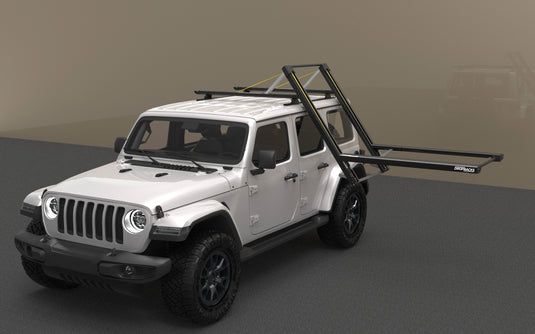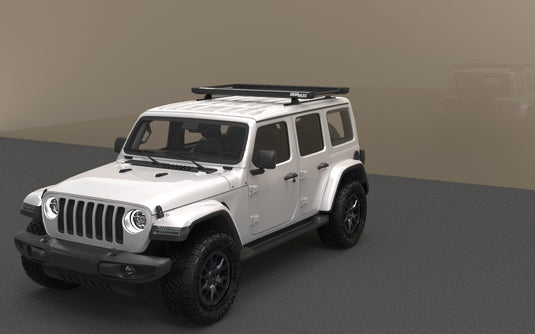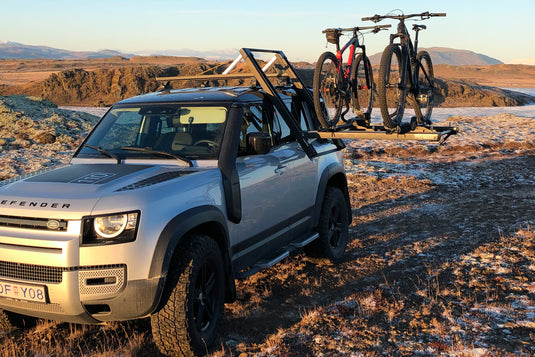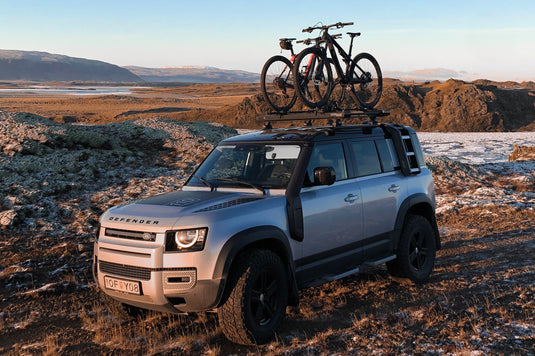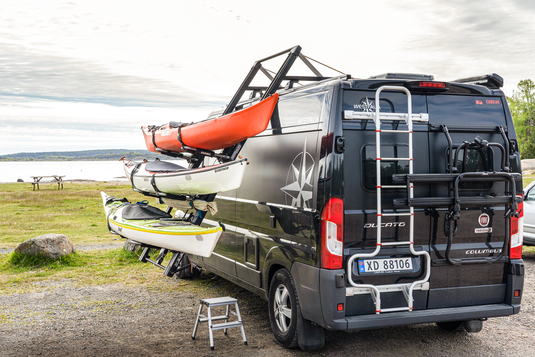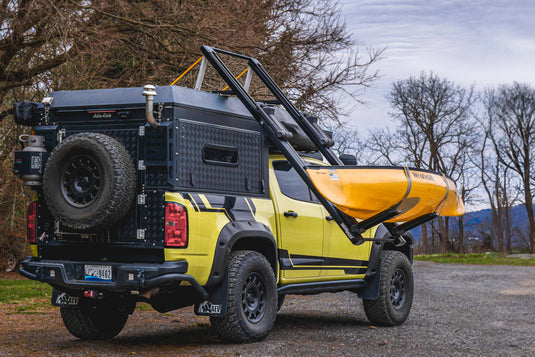Choosing the Right Fittings for Your Car Roof
Introducition
Every car roof is unique, and the way roof racks attach varies from vehicle to vehicle. To ensure a secure and proper fit, the necessary attachments—such as clamps, towers, or brackets—must be purchased separately from a manufacturer that has specifically designed them for your car’s roof geometry. Some well known brands that deliver such high quality products are; Thule and Yakima.
Dropracks offers versatility with its standard C-section interface at the bottom, measuring 1" x 0.6" (25 x 19 mm). This interface allows for compatibility with a wide range of fittings. Additionally, Dropracks can be hard-bolted onto various surfaces by using T-nuts or similar hardware, providing even more flexibility for different setups.
With the right attachments and proper installation, you can confidently equip your car with a Dropracks system that meets your needs.
Illustration:

The 7 Main Car Roof Types
1 - Raised Side Rails
These are two rails running parallel to the car's doors. They are raised above the roof, creating a gap to the roof, where you can slide your hand underneath.
Popular Raised Siderails Fittings for Dropracks:
- Thule Evo Raised Rail
- Article THU710405 in the US
- Article 710410 in Europe
- Notes: This is the most used setup for raised rail vehicles, and only 4 HEX bolts to tighten with the included HEX torque key. Nice!
- Thule Rapid Crossroads
- Article THU450R in the US.
- Article THU775 in Europe
- Notes: This product is no longer manufactured, but still around. This article allows for installation on thicker siderails or tubes than the Thule Evo Raised Rail. Ford Bronco is one example of a car with thick raised siderails.
- Yakima Timberline with Dropracks Top adapter
- Article 8000164
- Top Dropracks Adapter
- Notes: Various top interfaces are available for the Yakima Timberline. The more common "Yakima HD SL Adapter" is slightly too wide to fit into the Dropracks C-Channel interface, but you can shim off some metal and make them fit as well, if you are up for that.
Photo: Thule Evo Raised Rail with Dropracks Regular on a Toyota Land Cruiser 2018 with raised siderails.

2 - Flush Side Rails / Low Roof Rails
Common on many modern vehicles, these rails also run parallel to the doors but sit flush against the roof without a gap. Often you require a foot pack + a fitting kit geometry that includes rubber pieces and metal brackets that ensures a 100 % fit to the existing geometry.
Please pay attention, as some cars with flush side rails have fixed mounting holes within the rails. If this is the case, Dropracks must be adapted to match the specific distance between the front and rear attachment points.
Popular Flush Siderails Fittings for Dropracks:
- Dropracks Tower 2
- Article DR224
- Universal; Fits more than 100 different car models(!)
- Notes: Have a look in the fit guide to see if your vehicle is listed.Only 4 HEX bolts to tighten with the included HEX torque key. Nice!
- Thule Evo Flush Rail and Fitting Kit Geometry
- Article THU 710601 in the US
- Article THU 710600 in Europe.
- Corresponding fitting geometry kit for your vehicle. (starts with number 18XXXX).
- Note: You can look up your car in the Thule Fit Guide. Simply "replacing" the Thule crossbar with the Dropracks crossbars. The Thule Foot pack and kit that is compatible with the Thule crossbars with an overhang to the sides also fits straight into Dropracks.

Fixed Points
Attachment points for roof racks, that are usually hidden by plastic covers or plastic plugs.

Tracks / Channels
Metal Channels or slots normally C-Shaped that run parallel to the doors. Tracks can be Original or installed aftermarket. Cars with naked roofs can get aftermarket channels installed to fit Dropracks.

Gutters
Metal ridges running along the top of the doors on either side. The Ridge slightly sticks out from the side of the vehicle.

Factory Crossbar
Crossbars and side rails that came pre installed with the vehicle or dealer. Normally theese can be removed, and Dropracks installed to side rails.
Naked Roof
A bare roof with no attachment for roof racks. To install Dropracks on such vehicles, we recommend using a rack outfitter and install Tracks / Channels or similar. Some trucks got fixed mounting points hidden underneath the rubber ditch on the cab.
Some solutions for theese vehicles are installing either:
- Channels / Tracks
- Rhino Backbone Steel Siderails
- Yakima RuggedLine steel siderails.

